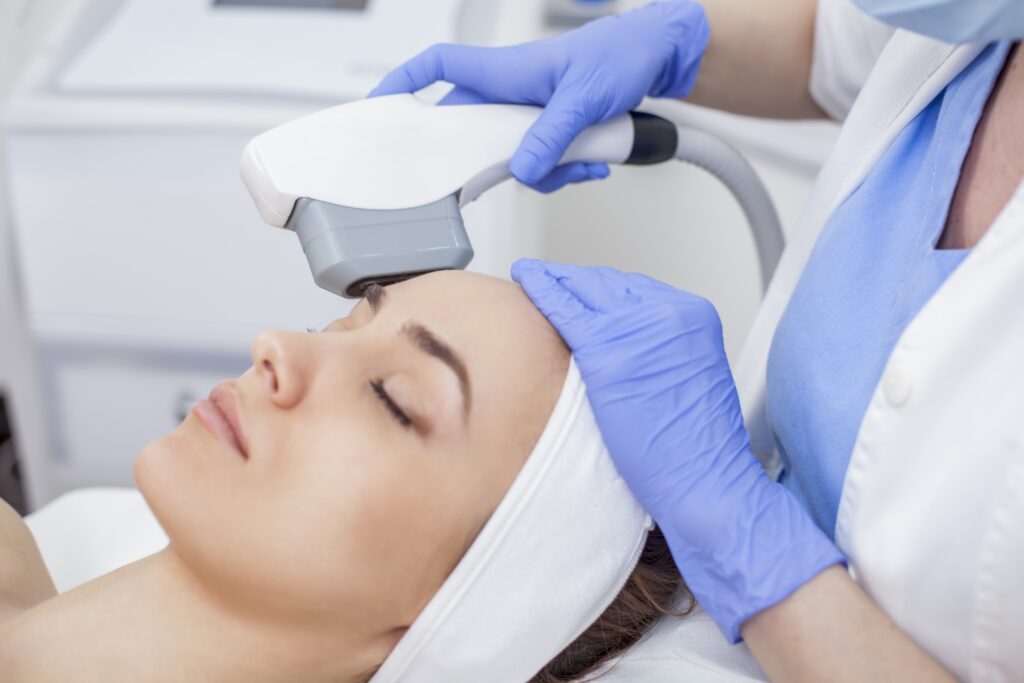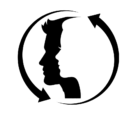Photofacial
Photofacial
PhotoFacial Rejuvenation using Intense Pulsed
Light (IPL) is a non-invasive procedure that treats sun
damage without disruption of the skin’s surface,
so there is no downtime.

INTENSE PULSED LIGHT (IPL)
Broad-spectrum light is used in the cosmetic procedure known as intense pulsed light (IPL) to enhance the appearance of skin. IPL reduces the appearance of dark spots, redness, and fine wrinkles by focusing on specific components of the skin, such as blood vessels or pigment. IPL can be used to remove hair as well as cure disorders like hyperpigmentation, rosacea, and sun damage. A handheld device is used to transmit brief, powerful light bursts onto the skin throughout the treatment, which can be uncomfortable but is typically well tolerated. IPL is a non-invasive, low-risk technique that has a short recovery period and few adverse effects. To ensure IPL therapy is safe, it is crucial to speak with a qualified specialist before beginning.
Photofacial Faq
Most frequent questions and answers
Broad-spectrum light is used in a photofacial, also known as an IPL (intense pulsed light) therapy, to target particular skin features like blood vessels or pigment. These structures are broken down and absorbed by the body as a result of the light being absorbed by them. Dark spots, redness, and fine wrinkles may look less due to this.
A photofacial may be helpful for people who have skin issues like rosacea, hyperpigmentation, UV damage, or hyperpigmentation that result in redness or discolouration. The technique might not be appropriate for all skin types or conditions, so it’s crucial to speak with a qualified practitioner to find out if you’re a good candidate.
You can experience a little cracking or stinging sensation as the laser pulses are applied to your skin throughout the operation. Yet, the majority of patients report that the operation was manageable and comfortable. To lessen any discomfort, a numbing cream or cooling gel may be used before to treatment.
Immediately following treatment, a photofacial may cause redness, swelling, or minor bruising. Usually, these side effects go away within a few hours to a few days. Following treatment, it’s crucial to protect the skin from the sun and wear sunscreen because the skin can be more vulnerable to UV rays. More severe adverse effects, such blistering or scarring, might occasionally happen, but they are unlikely when a qualified expert performs the operation.
OUR LOCATION
WEST PALM BEACH
2528 OKEECHOBEE BLVD,
West Palm Beach, FL 33409

